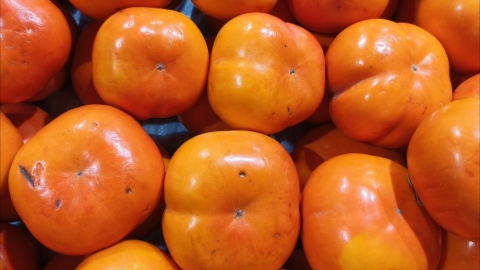Is persimmon a fruit or a vegetable?
Generally speaking, persimmons are classified as fruits rather than vegetables. From the perspectives of botanical classification, consumption methods, and nutritional characteristics, persimmons meet the typical criteria of fruits and are common seasonal fruits available during autumn and winter. Detailed analysis is as follows:

Persimmons have a soft, sweet flavor when ripe and are primarily consumed fresh, although they can also be processed into dried persimmons, persimmon frost, and other food products. This mode of consumption aligns with common fruits such as apples and pears, differing significantly from vegetables, which are predominantly used as cooking ingredients. Regarding nutritional composition, persimmons are rich in carbohydrates, vitamin C, dietary fiber, and various minerals. They also contain unique components such as tannic acid and pectin. These nutritional attributes align with the primary nutritional role of fruits in providing carbohydrates and vitamins. In contrast, vegetables typically contain higher levels of dietary fiber and lower levels of carbohydrates, emphasizing the provision of vitamins, minerals, and phytochemicals, resulting in clear differences in their nutritional profiles.
When consuming persimmons, it is important to avoid consuming large amounts alongside high-protein foods to prevent tannic acid from binding with proteins and affecting digestion. Additionally, persimmons should not be consumed on an empty stomach, especially if they are not fully ripe, to reduce the likelihood of gastrointestinal discomfort and to fully utilize their nutritional benefits.






